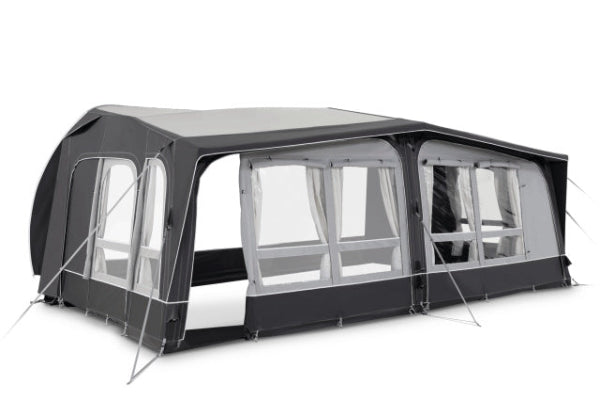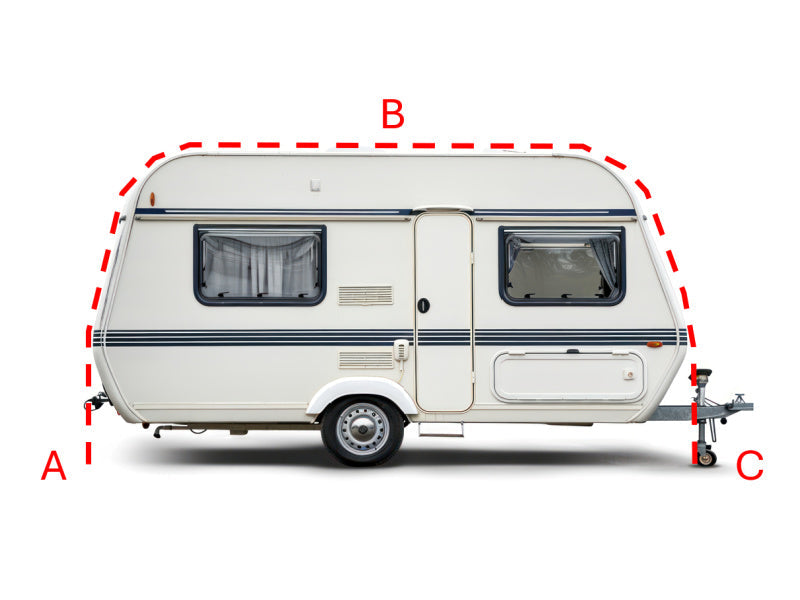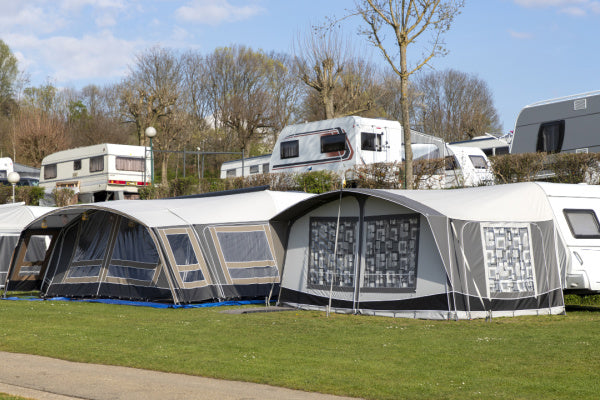Best Bell Tents for Your Next Camping Trip
Tired of camping in a soggy nylon burrito? The best bell tents and glamping tents — like the luxe White Knight 3TX or budget-friendly Vango Banshee 200 — turn roughing it into comfort. Want space, style, and storm-proof sleep? Keep reading to find your perfect canvas escape.
What Makes a Bell Tent "The Best"? Key Features to Look For
A proper bell tent can transform your entire camping experience. It’s not just about how it looks — though let’s admit, that helps.
The best ones are breathable, sturdy, and built to face whatever the British weather throws at you. They keep you cosy and dry, while still offering that glamping feel.
Here’s what to focus on when choosing yours.

Material Matters: Choosing Your Ideal Fabric
Material plays a big role in how a bell tent performs and feels. Some are great for warmth, others for weight.
The fabric affects breathability, drying time, and long-term durability. Understanding the pros and cons of each type helps you match the tent to your needs.
100% Cotton Canvas: Pros & Cons
Pros: Excellent breathability, great insulation all year round, and long-term durability. Cotton canvas has that traditional, classic feel.
Cons: Heavier than other options, takes longer to dry, and must be seasoned before first use (a process that helps seal the seams).
Polycotton Canvas: Pros & Cons
Pros: Lighter than full cotton and quicker to dry. Still offers decent breathability and resists mildew better.
Cons: Slightly less breathable than 100% cotton and can be more expensive than synthetics.
Synthetic (Polyester/Oxford): Pros & Cons
Pros: Lightweight, lower cost, and highly waterproof from the get-go. Great for occasional campers or those who move around a lot.
Cons: Poor ventilation, prone to UV degradation over time, and can feel stuffy in warmer months.
Importance of Fire Retardancy and Mould/Mildew Treatment
A quality bell tent should be treated for fire resistance and protection against mould and mildew. This is especially important in the damp UK climate or if you’re planning to use a stove inside.
Tents lacking treatment may not hold up well over time and can be riskier in cooler seasons.
Size, Capacity, and Usable Space Considerations
Bigger isn’t always better — but it can be if you like to stretch out or add furniture.
Choosing the right size means balancing sleeping capacity, headroom, and comfort. Here's how to decide.
Understanding Diameter
Bell tents usually range from:
-
3m: Fits 1–2 people
-
4m: Good for 2–4 campers
-
5m: Ideal for 4–6 with room to lounge
-
6m+: Best for families or big groups
Headroom and Standing Height
One of the bell tent’s best features is the full standing height in the centre. You’ll typically get 2 metres or more, which means no more crouching around to change clothes.
Practical Sleeping Capacity vs. "Glamping" Capacity
Always think beyond the manufacturer’s maximum. A tent that “sleeps 6” may only glamp 4 comfortably once you add beds, rugs, and other creature comforts.
Go a size up if you want a luxury feel or extra space for gear.
Top Bell Tent Features and Design Elements
Critical Structural and Comfort Features
These features make or break your camping experience — especially in unpredictable weather.
Groundsheet Type
-
Zippable (ZIG): Lets you roll up the sides for airflow, making cleaning easier too
-
Sewn-In (SIG): Keeps bugs and water out better, offers more warmth and security
-
Separate: Most flexible, but not as secure — especially in wet conditions
Pole Quality and Material
Most quality bell tents use steel poles, which are sturdy but heavy. Aluminium is lighter but may not hold up as well in storms.
Look for rust-resistant finishes and solid centre poles that won’t flex too much under pressure.

Ventilation Systems
Mesh windows, roof vents, and roll-up walls are vital for airflow. Without them, your tent could feel damp or stuffy — especially in summer.
Even winter campers benefit from proper vents to avoid condensation.
Stove Jack Compatibility
A stove jack allows safe use of a wood-burning stove. It’s a must for 4-season camping or off-grid winter glamping.
The White Knight 3TX, for example, includes a built-in stove jack and is designed for year-round use.
Quality of Zippers and Stitching
Heavy-duty zippers and reinforced seams are small details that make a big difference.
They prevent draughts, leaks, and wear — especially at stress points like doors and pegging loops.
Additional Conveniences
Some tents include inner sleeping tents, awnings, dual doors, or electrical ports.
These add flexibility and comfort, especially if you’re staying for more than a night or two.
Selecting the Best Bell Tent for Your Needs
Matching a Bell Tent to Your Camping Style
Your ideal tent depends on how you like to camp — minimalist, glamorous, or all-year adventurer?
Best for Luxury Glamping
Look for large diameters, thick canvas, and added touches like stove jacks and awnings.
The White Knight 3TX leads the pack with breathable material, 4-season rating, and loads of room.
Best for Budget-Conscious Campers
Options like the Vango Banshee 200 or Cadet 300 offer good waterproofing, quick setup, and low cost — under £300.
They’re ideal for new campers or occasional use.
Best for 4-Season Use
Pick tents with thicker cotton canvas, stove jack compatibility, and strong wind ratings.
The White Knight 3TX shines again here, built to handle rain, snow, and wind.
Best for Families or Groups
Go for 5m or 6m tents. These offer space for multiple beds, lounge areas, or even partitions.
They’re perfect for big families or a glamping setup with friends.

Investment, Longevity, and Smart Buying Tips
A great bell tent is more than gear — it’s an investment in comfort and durability.
Bell Tent as a Long-Term Investment
While cheaper tents might last a few trips, quality bell tents can last years with proper care.
The cost upfront pays off in comfort and reliability down the line.
Importance of Warranty and Customer Support
Stick to brands that back their products. A 5–10 year warranty and good customer service go a long way when something breaks or wears out.
Look for UK-based manufacturers or retailers with strong reputations.
Proper Maintenance and Storage
Always store your tent fully dry to prevent mould.
Use a soft brush for cleaning, avoid harsh detergents, and store in a breathable bag in a dry spot.
Where to Purchase
Buy from trusted retailers or boutique UK brands known for craftsmanship.
Watch out for seasonal sales — many top-quality bell tents get discounted in autumn or early spring.
Other content you might like:





Leave a comment